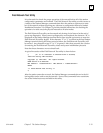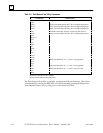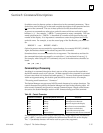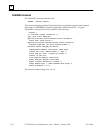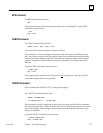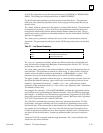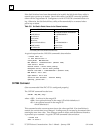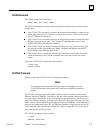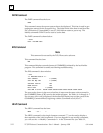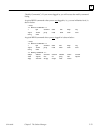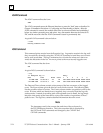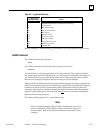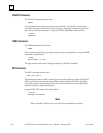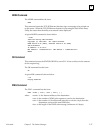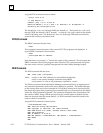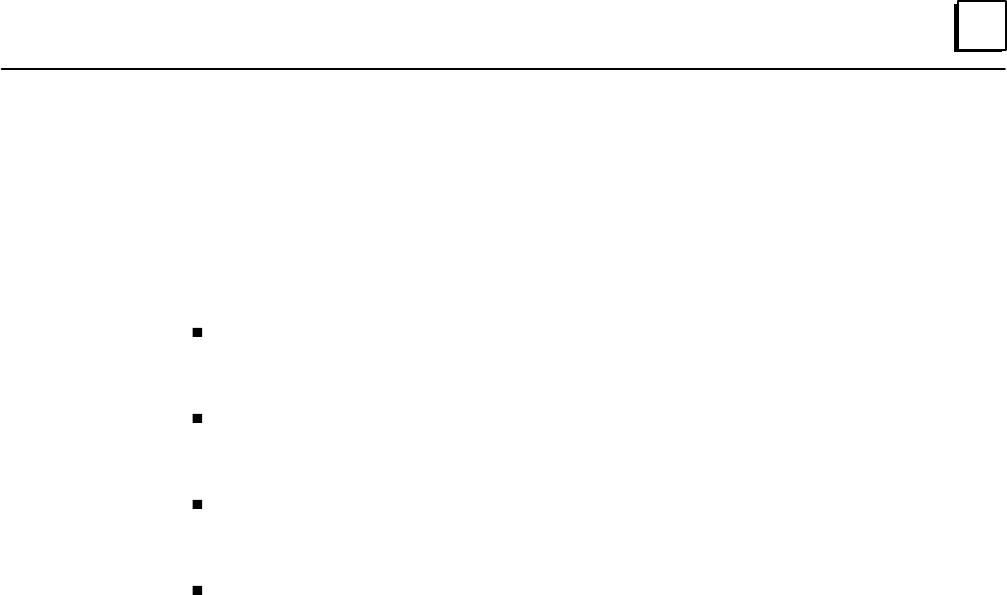
5
5-21
GFK-1004B
Chapter 5 The Station Manager
CLEAR Command
The CLEAR command has the form:
CLEAR { EXS | LOG | TALLY | HEAP }
The CLEAR command sets various Ethernet Interface data structures to initial values,
usually zeros.
If the CLEAR EXS command is entered, the Extended Status Buffer is cleared to an
initial state where only the 2 software versions are non-zero. (Not necessary with
the TCP/IP Ethernet Interface.)
If the CLEAR LOG command is entered, all Exception log entries are discarded and
the log is set to an empty state. The CLEAR LOG command also turns on the
STATUS OK LED on the Ethernet Interface.
If the CLEAR TALLY command is entered, all tallies are set to a value of zero, with
the exception of the System Memory Tallies: TimReset and Restart and the PLC
Driver Tallies: Regs, KbLogic, and uCode.
If the CLEAR HEAP command is entered, the minimum system buffer free count
values maintained by the STAT B command are reset to the current free count
values.
A typical CLEAR TALLY command is shown below:
= clear tally
Tallies cleared
CLSOSW Command
(Not recommended if the PLC CPU is configured properly.)
Notes
The changes made with either the Logicmaster 90 Configurator or the
CLSOSW command will not take effect until the next Ethernet Interface
restart.
The CLSOSW command clears the SOSW valid bit in the soft switches stored in the
Ethernet Interface EEPROM. This ensures that the LAN controller board must receive
new soft switch values before it can be restarted and put into service. On the next re-
start, if the Ethernet Interface is configured in the Series 90-70 PLC CPU then new soft
switch values will automatically be accepted and saved in EEPROM. If the Ethernet In-
terface is not configured in the CPU, the Ethernet Interface will go into the Soft Switch
Entry utility after the completion of diagnostics. Refer to Appendix C for more discus-
sion of the Soft Switch Entry utility.
The CLSOSW command is shown below:
= clsosw
Updating, please wait ...



